Home>Gardening & Outdoor>Landscaping Ideas>How Often To Dethatch Bermuda Grass
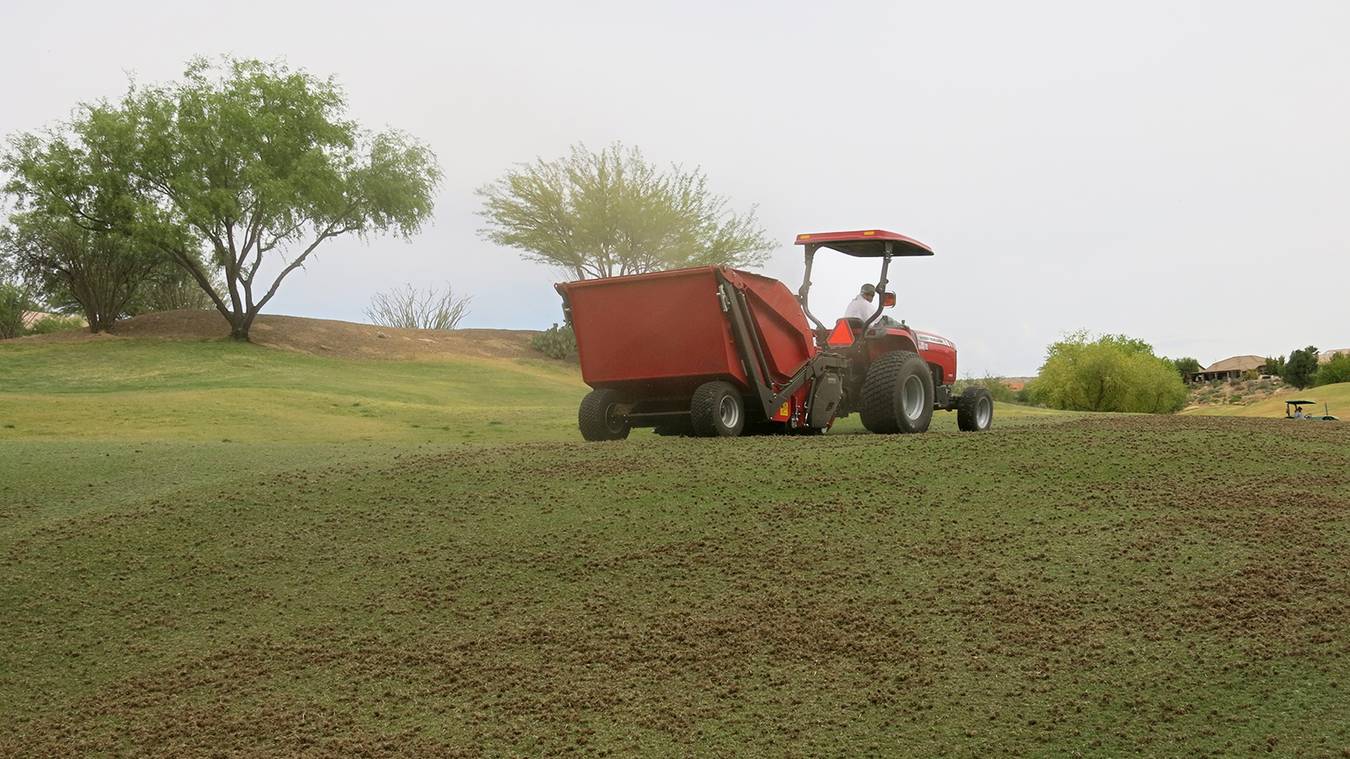

Landscaping Ideas
How Often To Dethatch Bermuda Grass
Modified: February 18, 2024
Learn how to properly dethatch Bermuda grass with our expert landscaping ideas. Discover the ideal frequency for maintaining a healthy and lush lawn.
(Many of the links in this article redirect to a specific reviewed product. Your purchase of these products through affiliate links helps to generate commission for Storables.com, at no extra cost. Learn more)
Introduction
Maintaining a lush and vibrant Bermuda grass lawn requires dedication and a keen understanding of its unique needs. One crucial aspect of Bermuda grass care is dethatching, a process that promotes healthy growth and ensures a thriving lawn. In this comprehensive guide, we will explore the intricacies of dethatching Bermuda grass, including its significance, optimal frequency, and key indicators that signal the need for dethatching. By delving into the various dethatching methods and their benefits, you will gain valuable insights into preserving the beauty and resilience of your Bermuda grass. Whether you are a seasoned lawn care enthusiast or a novice homeowner seeking to elevate your outdoor space, this article will equip you with the knowledge to nurture a resilient and verdant Bermuda grass lawn.
Key Takeaways:
- Dethatching Bermuda grass every 1 to 3 years promotes healthy growth by improving nutrient absorption, water infiltration, and air circulation, ensuring a vibrant and resilient lawn.
- Signs that your Bermuda grass needs dethatching include excessive thatch accumulation, poor water penetration, stunted growth, and increased pest activity. Regular monitoring and timely dethatching can rejuvenate the lawn and prevent potential issues.
Read more: When To Dethatch Bermuda Grass In Texas
What is Dethatching?
Dethatching is a fundamental lawn care practice that involves removing the layer of dead grass, roots, and other organic debris that accumulates between the soil and the green vegetation. This layer, known as thatch, can impede the healthy growth of Bermuda grass if it becomes too dense. While a thin layer of thatch can benefit the lawn by providing insulation and protection, excessive thatch can hinder the penetration of water, air, and nutrients to the soil, leading to stunted growth and increased susceptibility to pests and diseases.
Thatch is a natural byproduct of Bermuda grass growth and can develop over time, particularly in lawns that experience heavy foot traffic, improper watering, or overfertilization. As the thatch layer thickens, it restricts the grassroots from establishing a strong connection with the soil, compromising the overall health and resilience of the lawn. Dethatching serves as a vital mechanism to mitigate these issues and create an optimal environment for Bermuda grass to flourish.
By removing excess thatch, dethatching promotes better air circulation, water infiltration, and nutrient absorption within the soil, fostering robust root development and vigorous growth. This process rejuvenates the lawn, allowing the Bermuda grass to thrive and exhibit its vibrant green hue, lush texture, and resilience against environmental stressors. With a clear understanding of the significance of dethatching, homeowners can proactively safeguard the health and beauty of their Bermuda grass lawns.
Why Dethatch Bermuda Grass?
Dethatching Bermuda grass is essential for preserving the vitality and aesthetic appeal of your lawn. By addressing the accumulation of thatch, you can unlock a myriad of benefits that contribute to the overall health and resilience of your Bermuda grass.
- Promotes Nutrient Absorption: Excessive thatch can hinder the penetration of essential nutrients into the soil, depriving the Bermuda grass of vital sustenance. Dethatching facilitates improved nutrient absorption, enabling the grass to access the resources necessary for robust growth and vibrant coloration.
- Enhances Water Infiltration: Thick thatch impedes the efficient penetration of water into the soil, leading to surface runoff and inadequate hydration of the grassroots. By dethatching, you can optimize water infiltration, ensuring that the Bermuda grass receives adequate moisture to thrive and withstand periods of drought.
- Prevents Pest Infestations: Dense thatch layers create an ideal habitat for pests and insects, increasing the risk of infestations that can damage the grass and compromise its health. Dethatching mitigates this risk by reducing the shelter and breeding grounds for harmful pests, safeguarding the Bermuda grass from potential threats.
- Fosters Air Circulation: Excessive thatch stifles air circulation within the soil, inhibiting the exchange of gases and impeding the respiration of the grassroots. Dethatching promotes improved air circulation, creating a healthier environment for the Bermuda grass to thrive and flourish.
- Revitalizes Lawn Appearance: Dethatching rejuvenates the aesthetic appeal of the lawn, revitalizing the Bermuda grass and restoring its lush, vibrant appearance. By eliminating the suffocating effects of thatch, you can unveil the natural beauty of the grass, enhancing the overall visual impact of your outdoor space.
By recognizing the significance of dethatching and its transformative impact on Bermuda grass, homeowners can proactively nurture a resilient and visually stunning lawn that serves as a source of pride and enjoyment.
How Often Should You Dethatch Bermuda Grass?
Determining the optimal frequency for dethatching your Bermuda grass involves assessing various factors that influence thatch accumulation and the overall health of your lawn. While there is no one-size-fits-all answer, several guidelines can help you gauge when dethatching is necessary to maintain the vitality of your Bermuda grass.
As a general rule of thumb, Bermuda grass lawns typically benefit from dethatching every 1 to 3 years, depending on the extent of thatch buildup and the specific conditions of your lawn. However, it’s crucial to consider the following factors when determining the ideal dethatching schedule:
- Thatch Thickness: Monitor the thickness of the thatch layer to gauge the need for dethatching. If the thatch exceeds half an inch in thickness, it may impede the healthy growth of Bermuda grass, necessitating prompt dethatching to alleviate potential issues.
- Lawn Usage: Lawns that experience heavy foot traffic, such as play areas or thoroughfares, are more prone to thatch accumulation. In such cases, more frequent dethatching, possibly every 1 to 2 years, may be necessary to counteract the impact of increased compaction and organic debris.
- Climate and Soil Conditions: Environmental factors, including climate and soil composition, can influence the rate of thatch accumulation. Regions with warm, humid climates may experience accelerated thatch buildup, warranting more frequent dethatching to maintain optimal lawn health.
- Maintenance Practices: Proper lawn care practices, such as regular mowing, watering, and fertilization, can mitigate excessive thatch accumulation. Conversely, improper maintenance routines can exacerbate thatch issues, necessitating more frequent dethatching to restore the lawn’s health.
By evaluating these factors and periodically inspecting your Bermuda grass for signs of thatch buildup, you can tailor the dethatching schedule to meet the specific needs of your lawn. Proactive monitoring and timely dethatching will contribute to the sustained vibrancy and resilience of your Bermuda grass, ensuring a lush and inviting outdoor space for years to come.
Dethatch Bermuda grass every 1-3 years to remove built-up dead grass and promote healthy growth. Avoid dethatching when the grass is dormant or stressed.
Signs that Your Bermuda Grass Needs Dethatching
Identifying the signs that indicate the need for dethatching is crucial for maintaining the optimal health and appearance of your Bermuda grass. By recognizing these indicators, you can intervene proactively to address thatch-related issues and foster a vibrant, resilient lawn. Several telltale signs suggest that your Bermuda grass may require dethatching:
- Excessive Thatch Accumulation: A dense layer of thatch exceeding half an inch in thickness can impede the healthy growth of Bermuda grass. If you observe a spongy, springy texture when walking on the lawn or notice a substantial thatch layer upon closer inspection, it may be time to consider dethatching.
- Poor Water Infiltration: If water fails to penetrate the soil and instead pools on the surface, it indicates thatch-related issues. Inadequate water infiltration can lead to shallow root development and water runoff, compromising the overall health of the Bermuda grass.
- Reduced Fertilizer Effectiveness: Thatch can hinder the efficacy of fertilizers by impeding their absorption into the soil. If you notice diminished responsiveness to fertilization treatments or signs of nutrient deficiency in the grass, it may signal thatch-related challenges that warrant dethatching.
- Stunted Growth and Discoloration: Bermuda grass struggling to thrive, exhibiting slow growth, and displaying patchy, discolored areas may be indicative of thatch-related stress. Dethatching can alleviate these symptoms and revitalize the grass, promoting robust growth and vibrant coloration.
- Increased Pest Activity: Excessive thatch provides a hospitable environment for pests and insects, fostering infestations that can harm the Bermuda grass. If you notice heightened pest activity or signs of pest damage, dethatching can mitigate these issues by reducing the pest habitat.
By remaining vigilant for these signs and conducting regular assessments of your Bermuda grass, you can identify the need for dethatching and take proactive measures to rejuvenate the lawn. Addressing thatch-related challenges in a timely manner will fortify the resilience and beauty of your Bermuda grass, ensuring a thriving and visually stunning outdoor oasis.
Read more: How Often To Fertilize Bermuda Grass
Dethatching Methods for Bermuda Grass
When it comes to dethatching Bermuda grass, several effective methods can be employed to mitigate thatch accumulation and rejuvenate the health of the lawn. Each approach offers unique benefits and considerations, allowing homeowners to select the most suitable dethatching method based on their lawn’s specific needs and the extent of thatch buildup.
- Manual Dethatching: Utilizing a dethatching rake or a specialized dethatching tool, homeowners can manually remove thatch by vigorously raking the lawn surface. This method is ideal for addressing localized thatch accumulation and is particularly effective for smaller lawn areas. Manual dethatching allows for precise control and minimizes the impact on the Bermuda grass, making it a practical option for targeted dethatching efforts.
- Power Raking: Power raking involves the use of a motorized dethatching machine equipped with rotating tines or blades designed to lift and remove thatch from the lawn. This method is suitable for larger lawn areas and offers efficient thatch removal, promoting enhanced air circulation and nutrient absorption. Power raking can be adjusted to varying depths, allowing for customized dethatching based on the severity of thatch accumulation.
- Vertical Mowing: Also known as verticutting, vertical mowing employs specialized equipment to create vertical incisions in the lawn, effectively slicing through the thatch layer and promoting its removal. This method not only dethatches the lawn but also encourages the development of a stronger root system and improved turf density. Vertical mowing is particularly beneficial for addressing moderate to severe thatch issues and promoting overall lawn health.
- Aerating and Dethatching Combination: Combining dethatching with core aeration can yield comprehensive benefits for Bermuda grass lawns. Core aeration involves removing small plugs of soil to alleviate compaction and enhance soil structure, while simultaneously dethatching the lawn. This integrated approach fosters improved air, water, and nutrient movement within the soil, promoting optimal conditions for Bermuda grass growth and vitality.
Regardless of the chosen method, it is essential to schedule dethatching during the active growth phase of Bermuda grass to facilitate rapid recovery and minimize stress on the lawn. After dethatching, proper irrigation and fertilization can further support the grass’s rejuvenation, ensuring a resilient and visually appealing lawn.
By considering the size of the lawn, the severity of thatch accumulation, and the desired level of intervention, homeowners can select a dethatching method that aligns with their lawn care objectives, ultimately fostering a thriving and vibrant Bermuda grass lawn.
Conclusion
Embarking on the journey of dethatching Bermuda grass is a pivotal step in nurturing a resilient, verdant lawn that exudes natural beauty and vitality. By understanding the significance of dethatching and its transformative impact on the health of Bermuda grass, homeowners can proactively safeguard their outdoor oasis from the detrimental effects of thatch accumulation. Through the strategic implementation of dethatching methods and a keen awareness of the signs that signal the need for intervention, you can elevate the health and aesthetic appeal of your Bermuda grass lawn.
Regular dethatching, typically recommended every 1 to 3 years based on specific lawn conditions, serves as a proactive measure to optimize nutrient absorption, water infiltration, and air circulation within the soil, fostering robust root development and vigorous growth. By recognizing the signs that indicate the need for dethatching, such as excessive thatch accumulation, poor water infiltration, and stunted growth, homeowners can intervene timely to rejuvenate the Bermuda grass and mitigate potential issues.
When implementing dethatching methods, including manual dethatching, power raking, vertical mowing, or an integrated approach with core aeration, it is essential to tailor the method to the lawn’s unique needs and the severity of thatch buildup. By selecting the most suitable dethatching method and scheduling the process during the active growth phase of Bermuda grass, you can minimize stress on the lawn and promote rapid recovery, ensuring a seamless transition to a revitalized, resilient lawn.
As you embark on the dethatching journey, remember that proper post-dethatching care, including irrigation and fertilization, is integral to supporting the Bermuda grass’s rejuvenation and sustained health. By nurturing your Bermuda grass with dedicated dethatching practices and holistic lawn care, you can cultivate an inviting outdoor space that captivates with its lush, vibrant greenery and serves as a source of pride and enjoyment for years to come.
Armed with the insights and knowledge gleaned from this guide, you are well-equipped to embark on your dethatching endeavors, empowering your Bermuda grass to flourish and thrive in a nurturing, optimal environment.
Frequently Asked Questions about How Often To Dethatch Bermuda Grass
Was this page helpful?
At Storables.com, we guarantee accurate and reliable information. Our content, validated by Expert Board Contributors, is crafted following stringent Editorial Policies. We're committed to providing you with well-researched, expert-backed insights for all your informational needs.
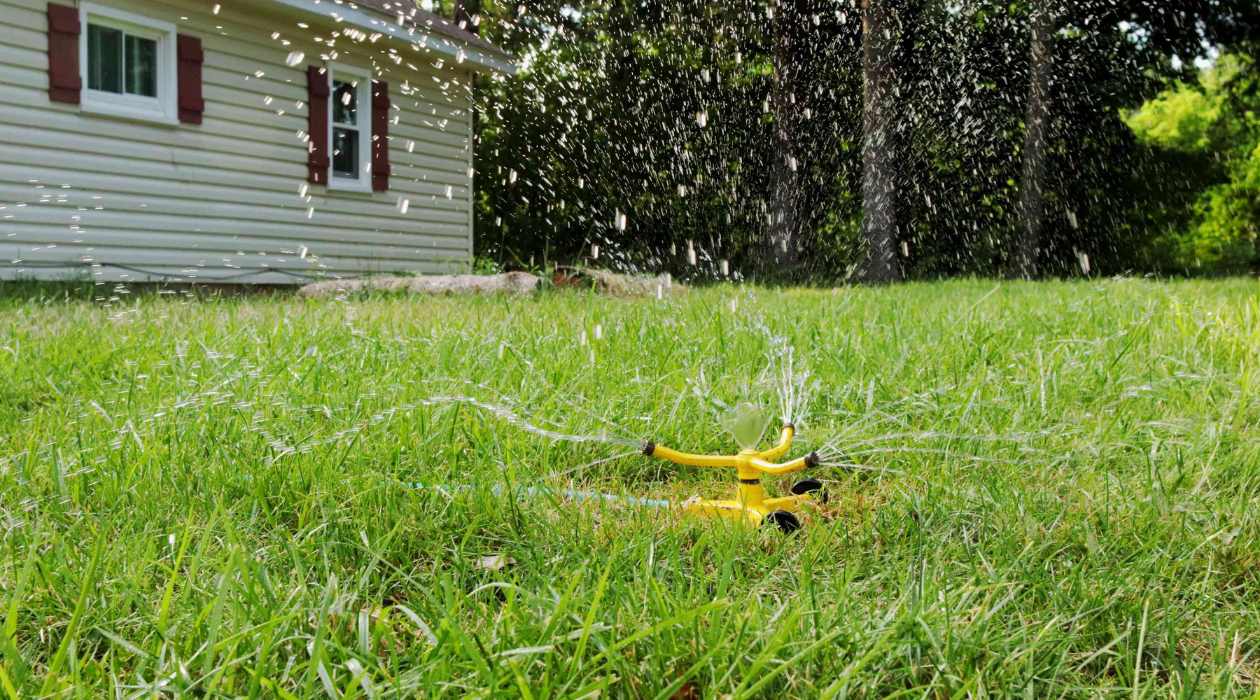
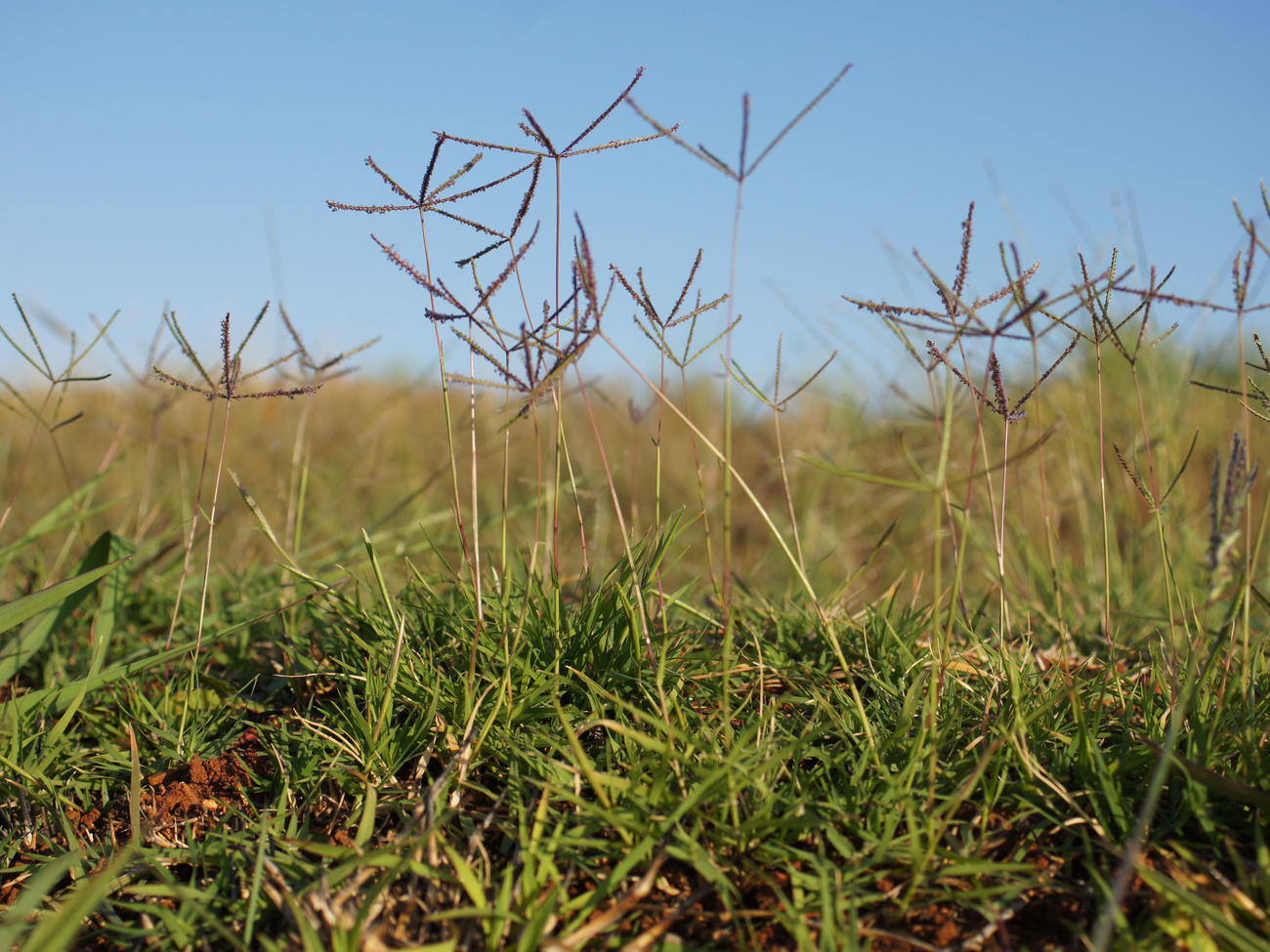
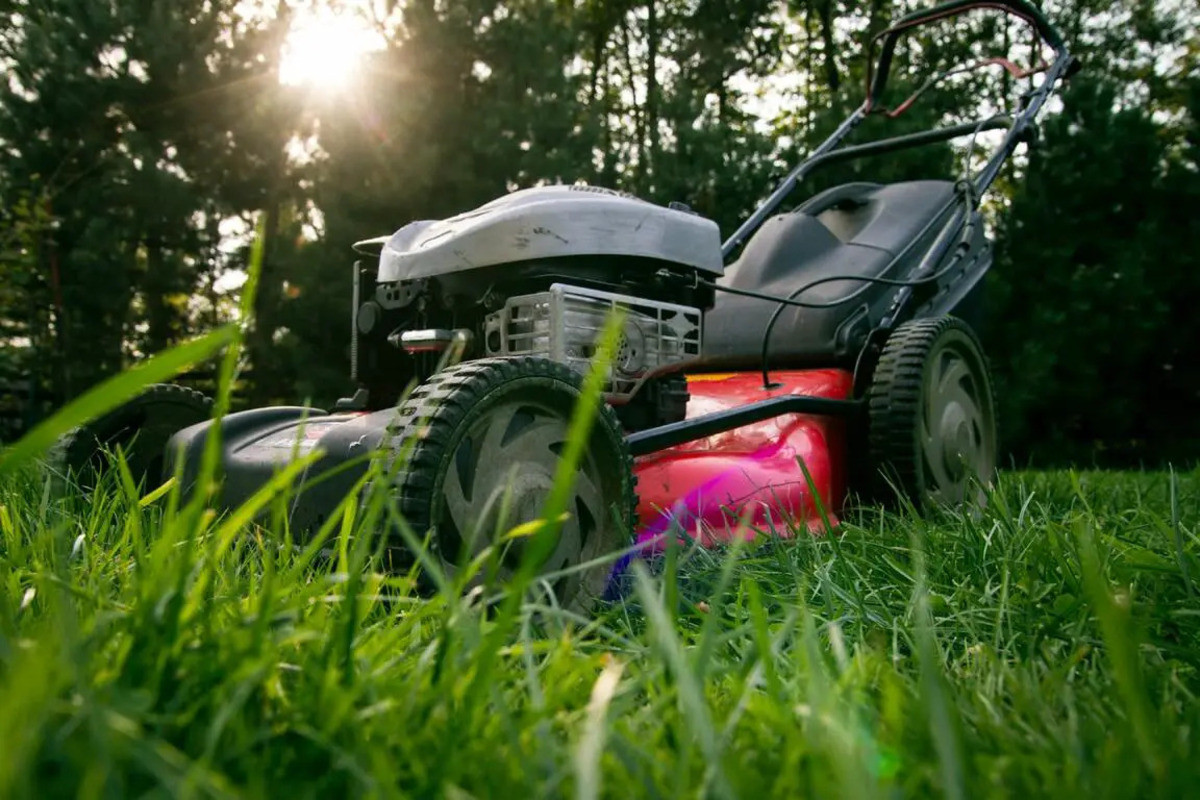
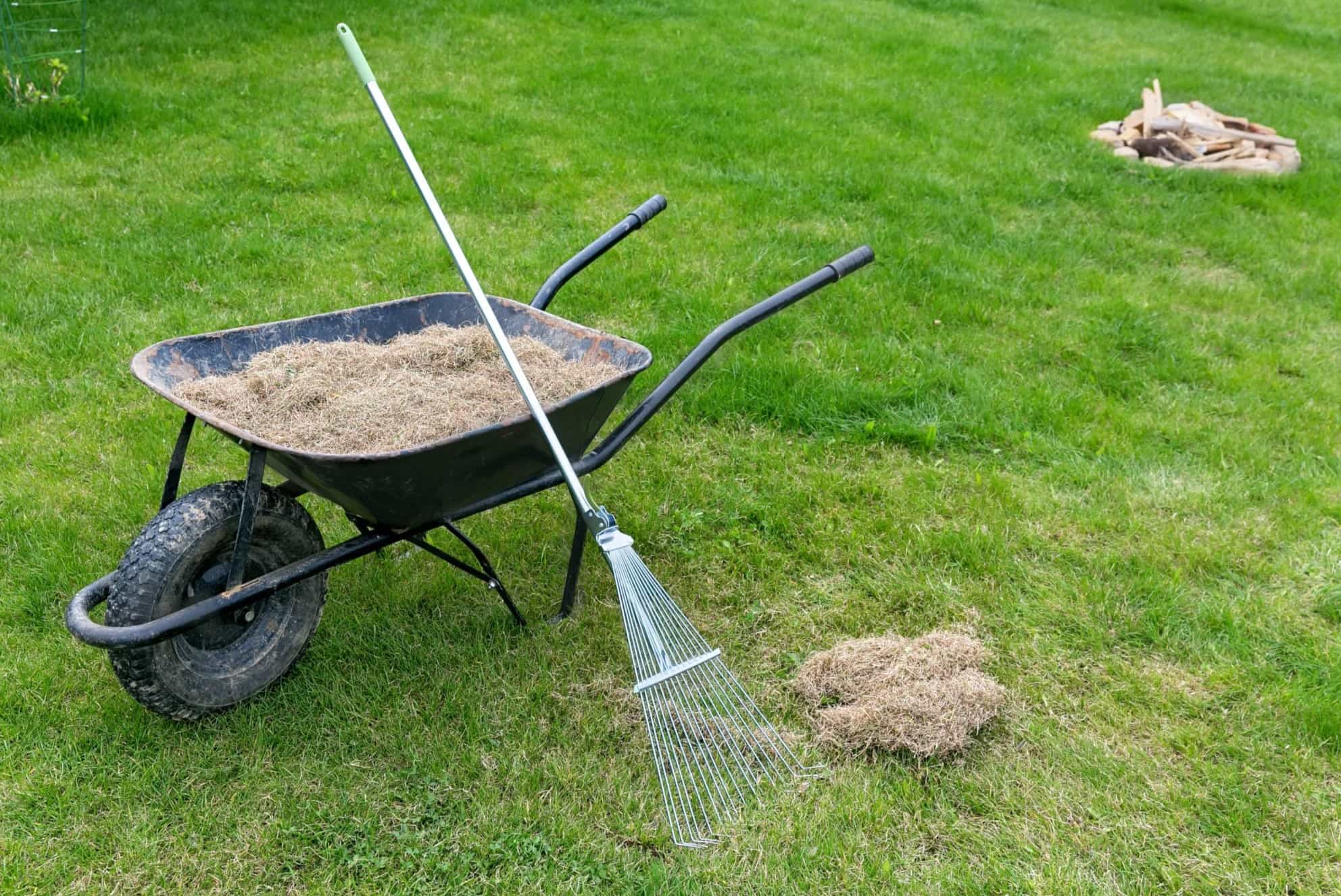
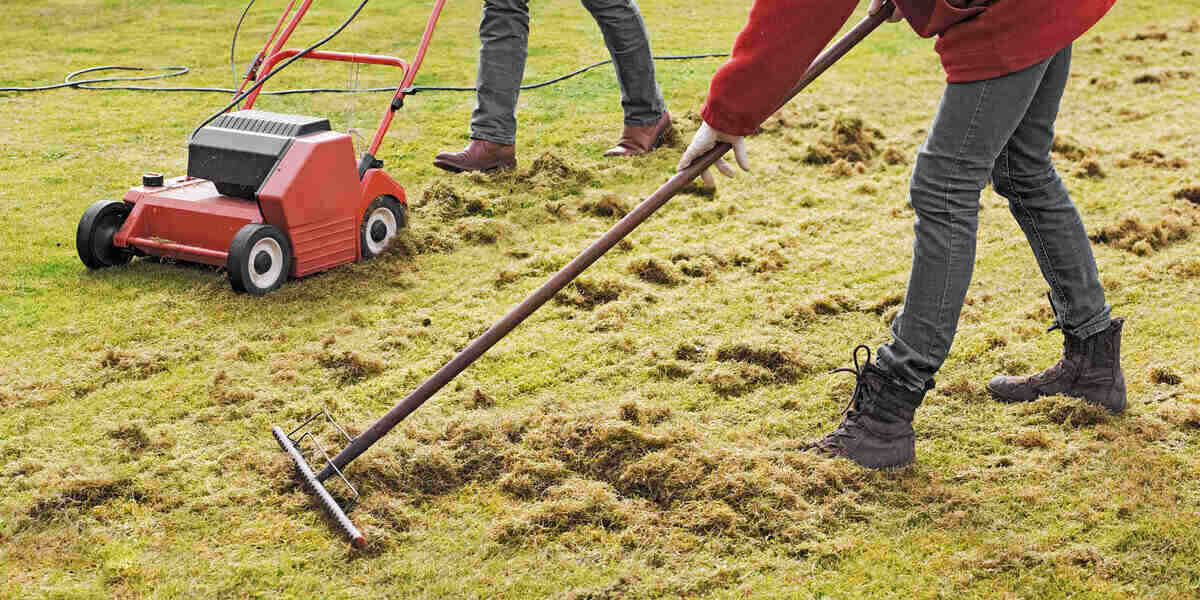
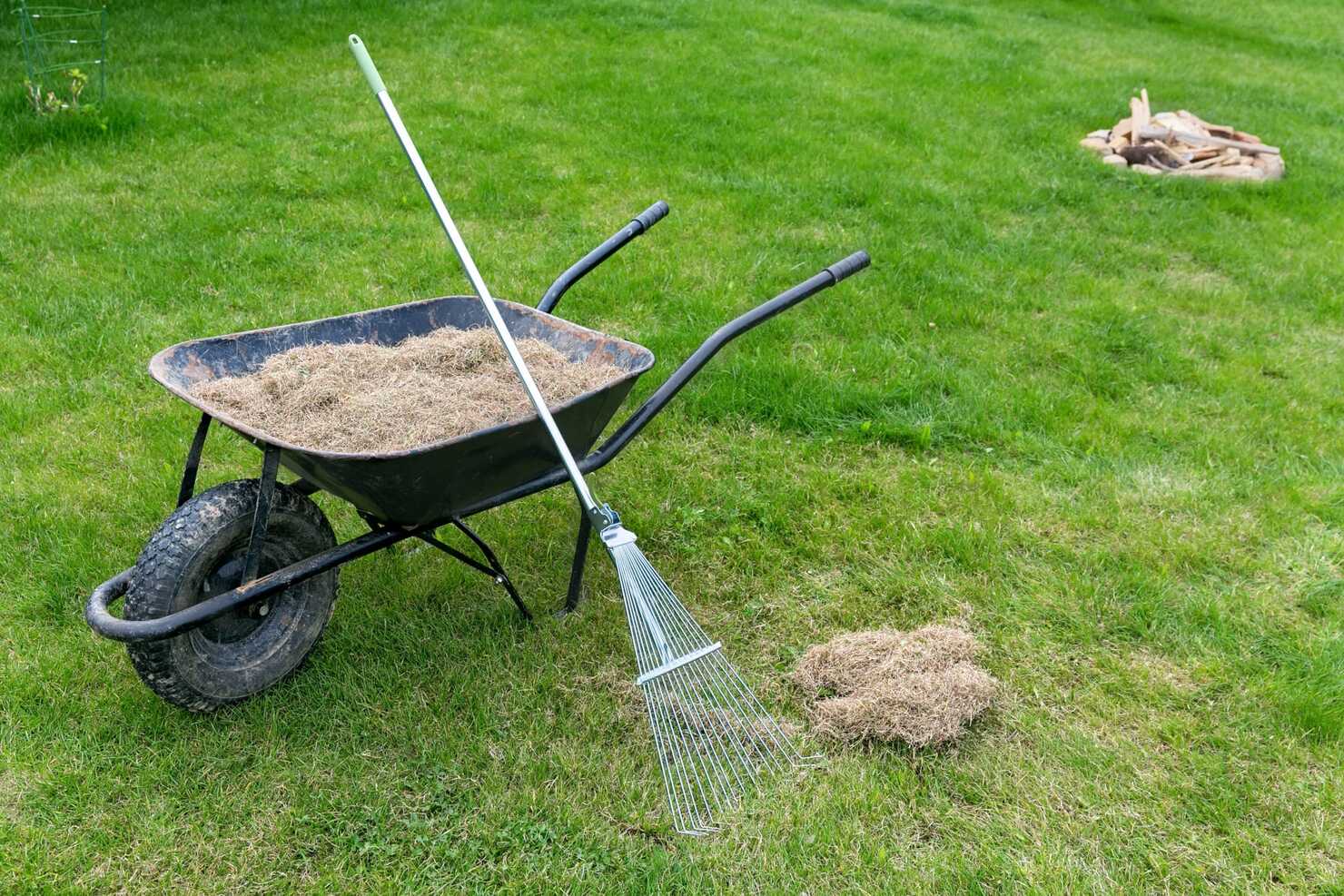
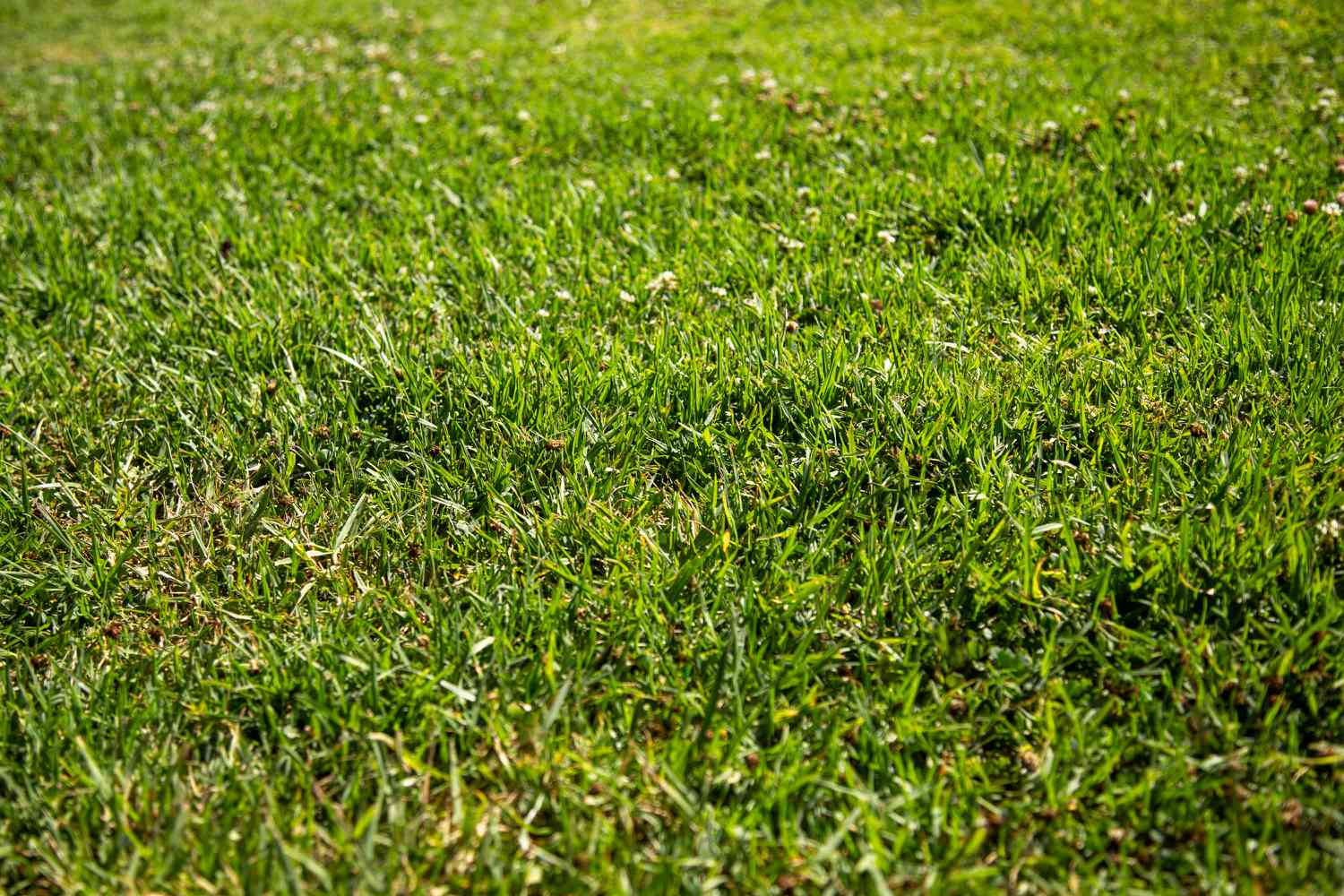
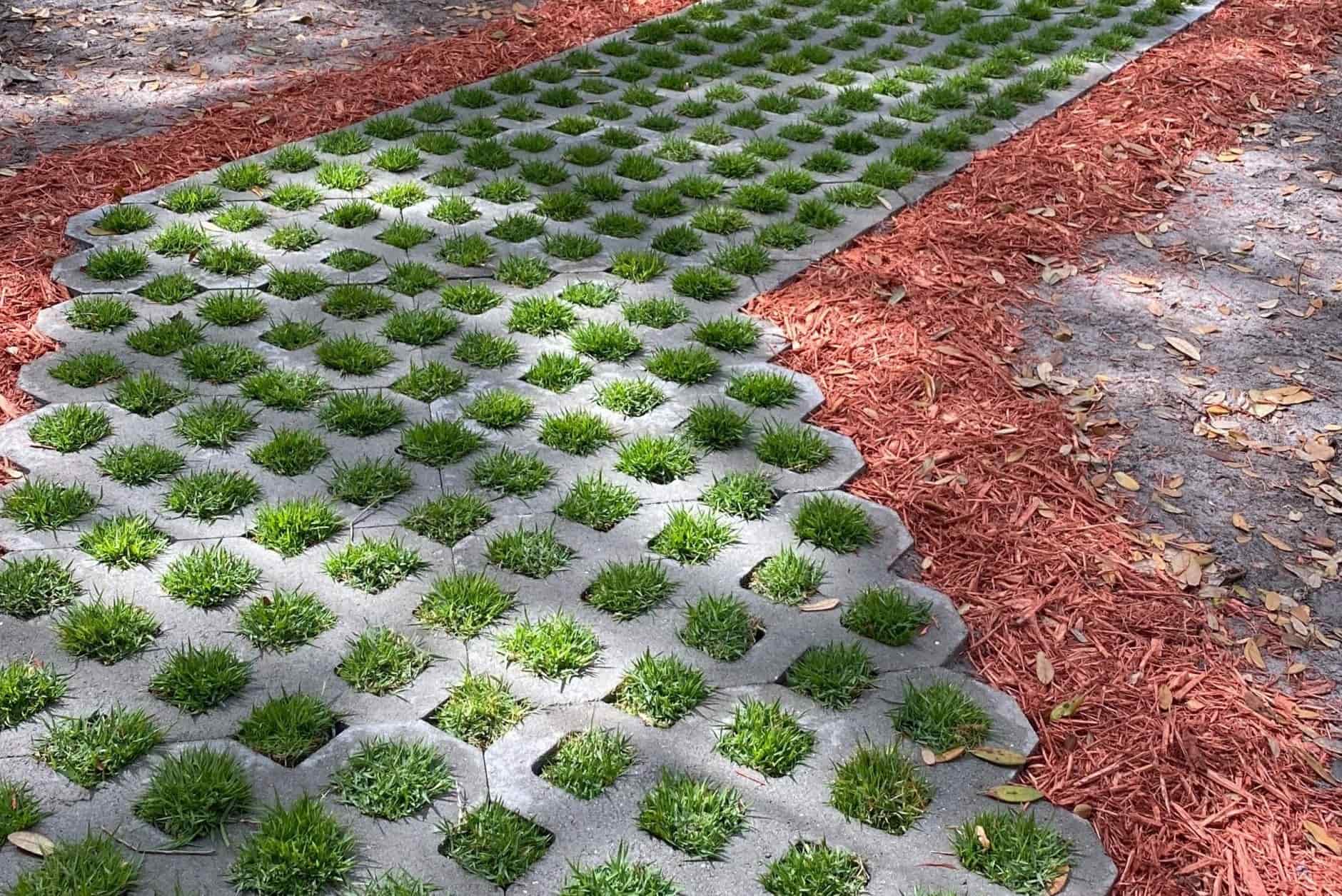
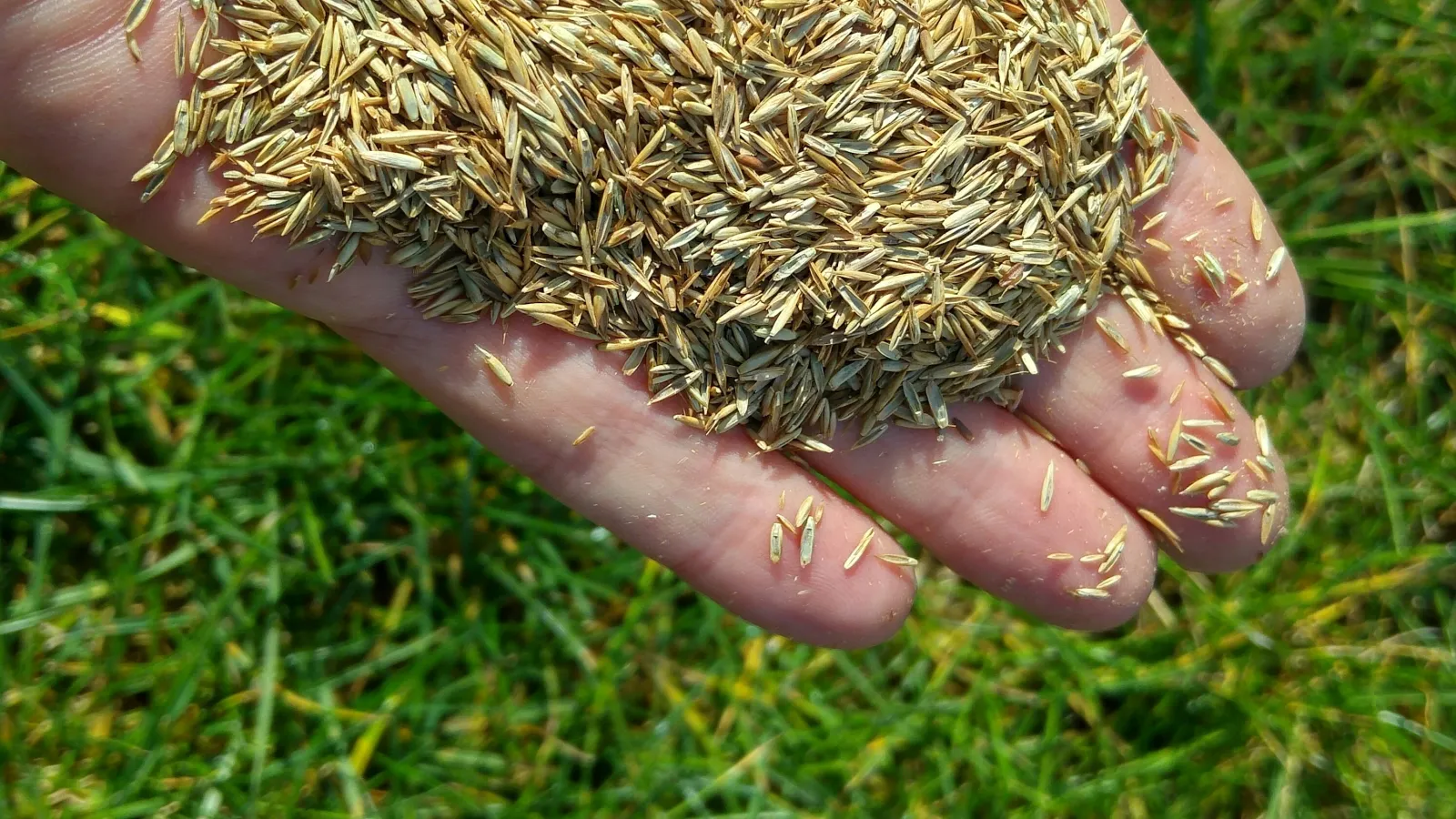
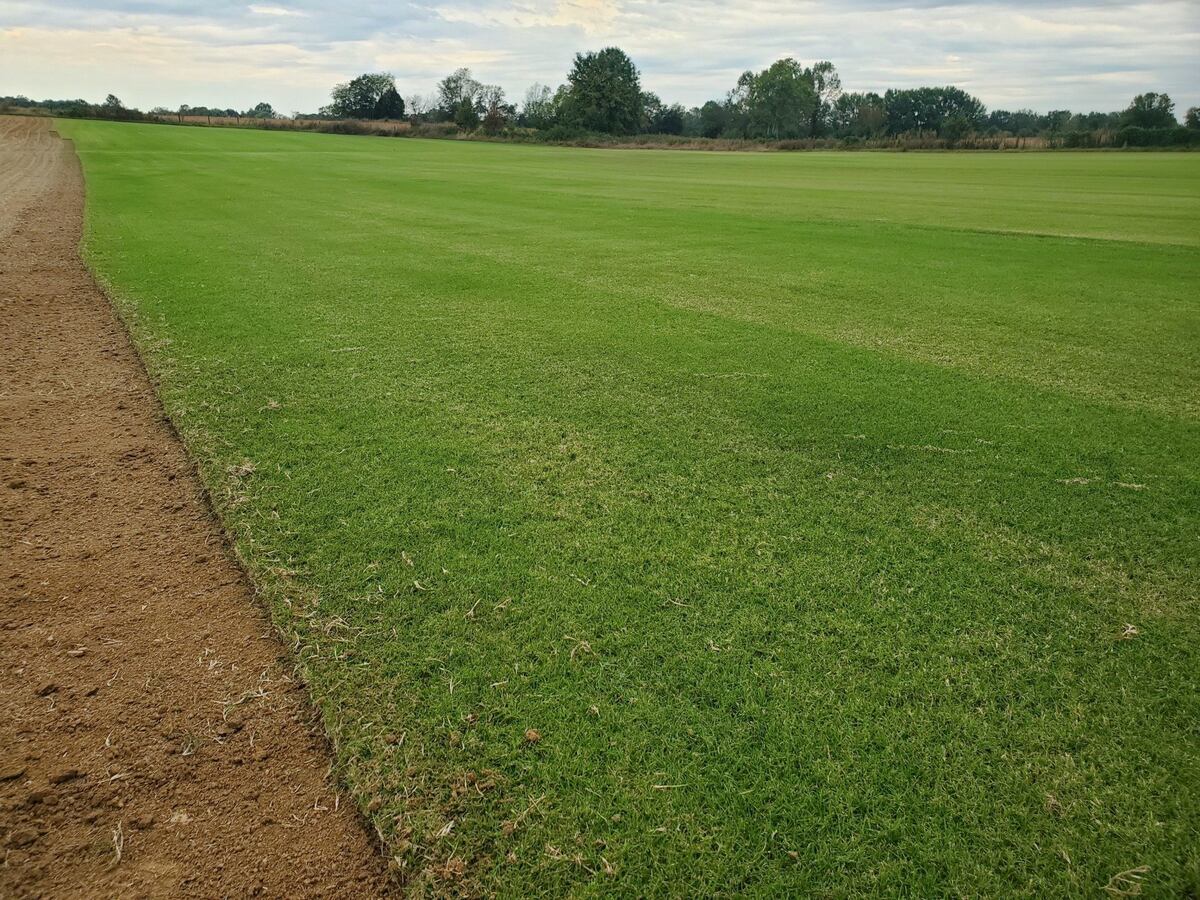
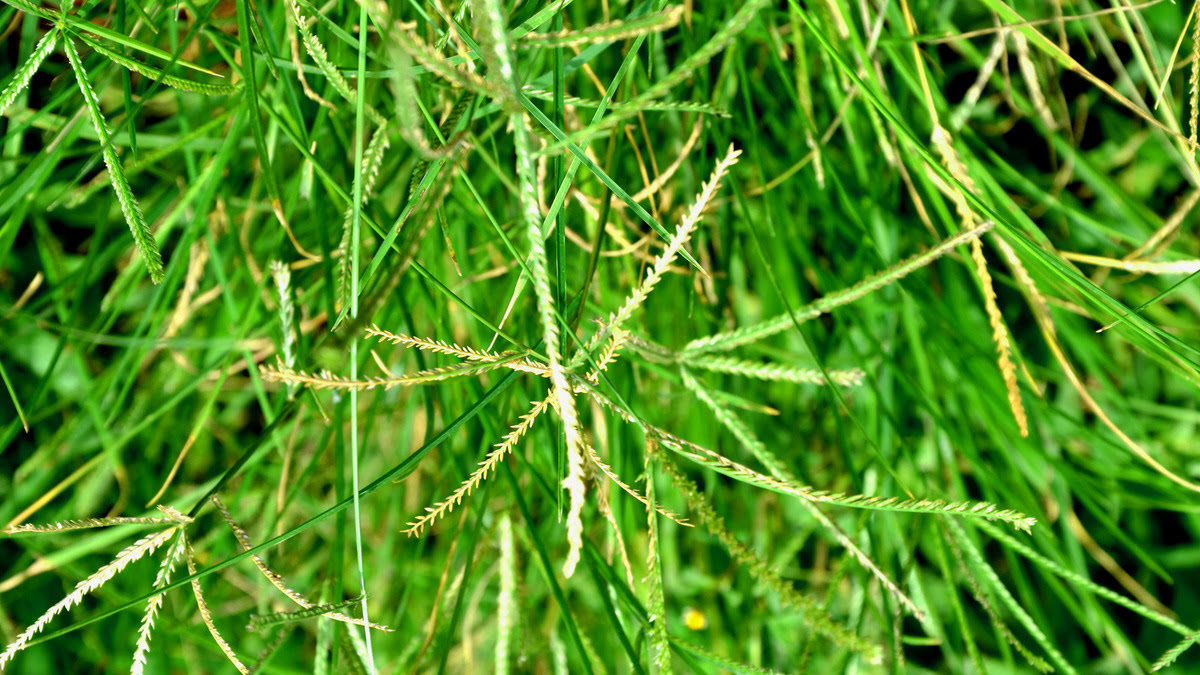
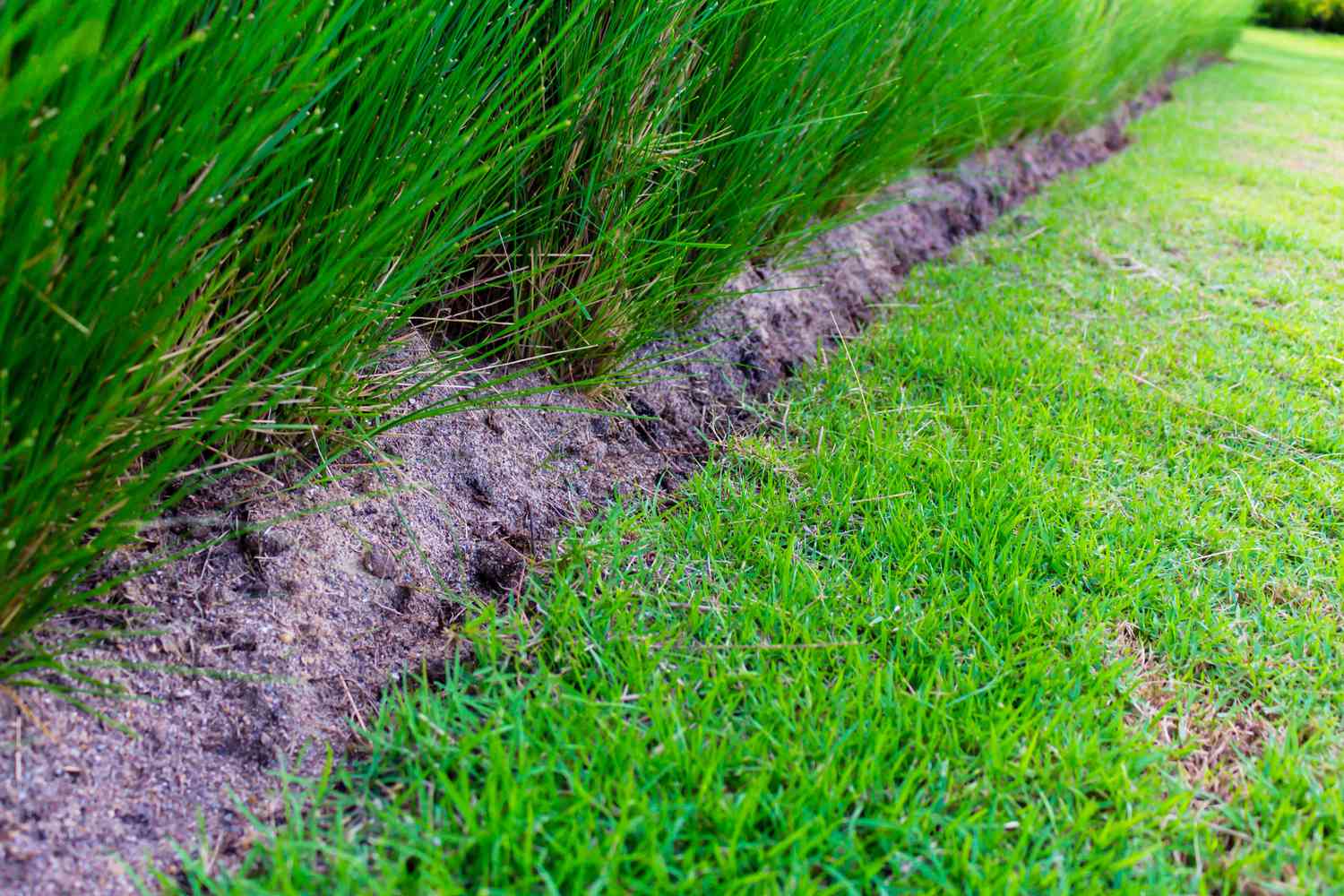
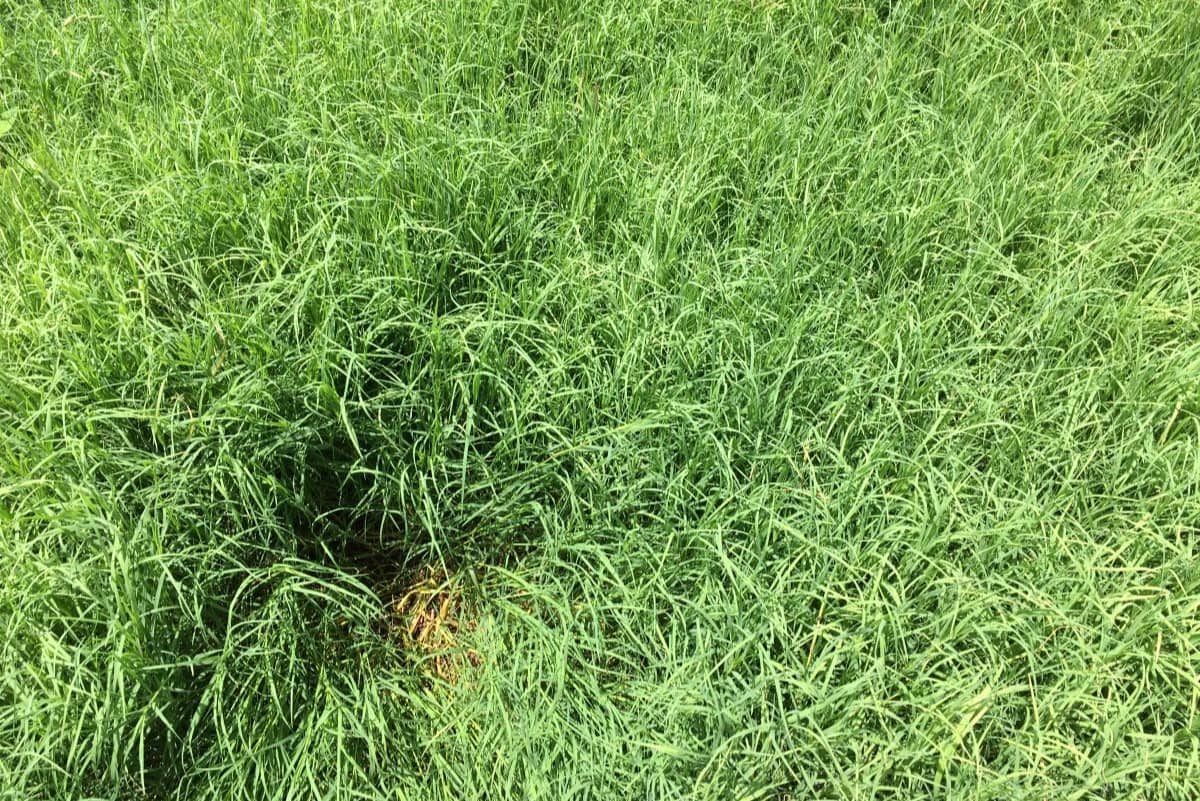
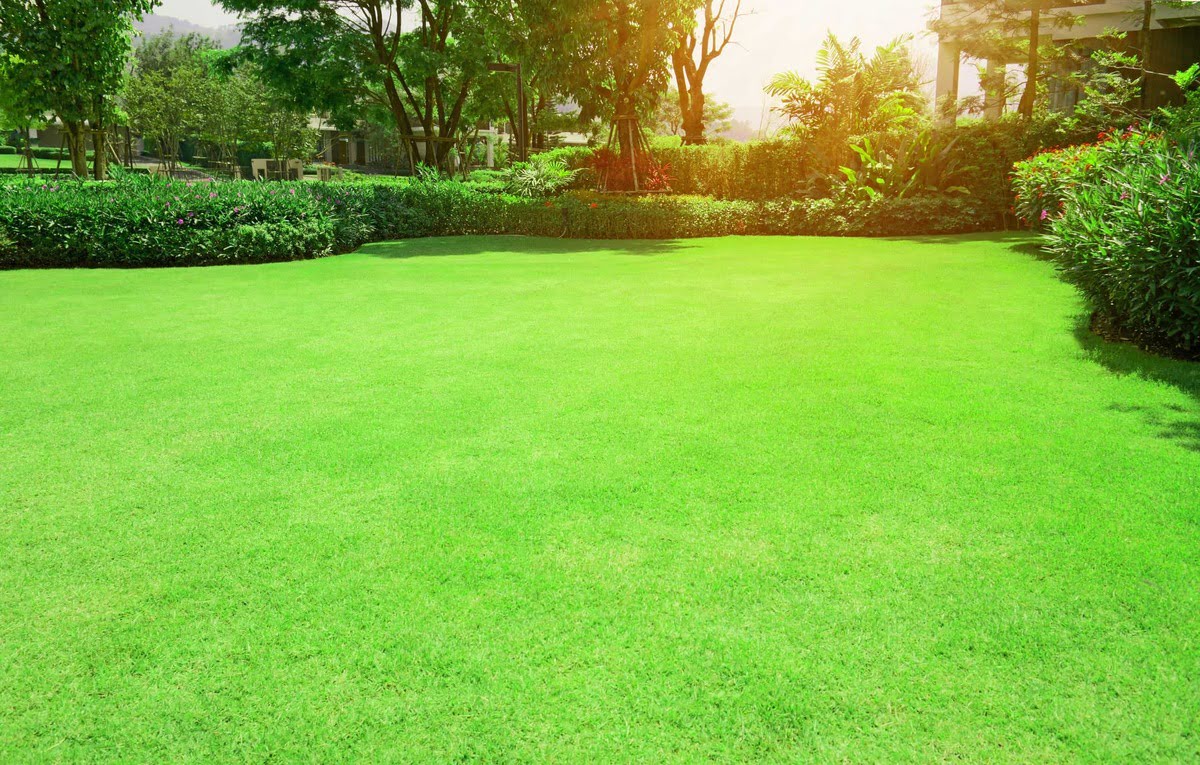

0 thoughts on “How Often To Dethatch Bermuda Grass”